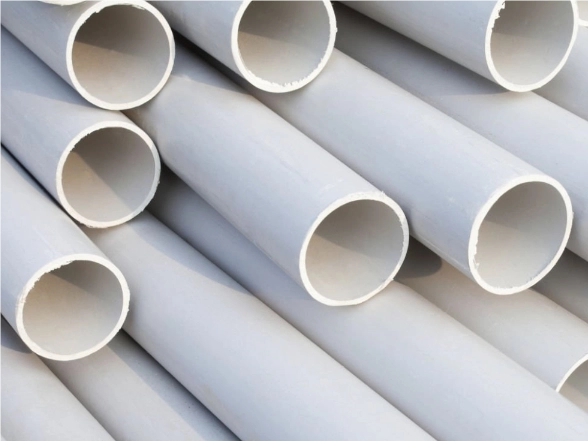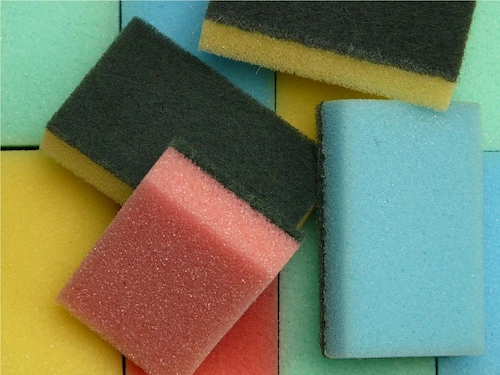What Materials Cannot Be Used for Laser Processing?
Why can some materials not be used for laser processing?
●Because some materials are toxic. For example: PVC, HDPE, and other chlorinated or fluorinated materials.
●Because some materials emit odors during processing. For example, resins.
●Because some materials produce thick smoke or catch fire during processing. For example: HDPE, foam sponges.
●Because some materials melt during processing. For example: HDPE, Lexan, resins.

pvc

foam sponge
Toxicity
The primary principle for selecting laser processing materials is non-toxicity. By non-toxic, it not only requires that the material is non-toxic under normal storage and usage conditions, but also that it does not produce toxic gases, toxic smoke or other toxic substances during laser processing. If the material is toxic or hazardous, or produces toxic or hazardous substances during laser processing, then for your personal safety and the safety of other property like the laser machine, we believe you absolutely cannot use laser processing on this material. If you insist on using it, we take no responsibility for the consequences.
Unsuitable for Laser Processing
What are materials considered unsuitable for laser processing? See the following categories:
High Reflectivity Materials
High reflectivity materials like metals are not suitable for non-metal laser engraving/cutting, because they will reflect most of the laser beam, making it difficult for the laser to act on the high reflectivity material. Not only that, but the reflected laser beam may harm the machine or people around it. If you want to laser process high reflectivity materials like metals, we recommend choosing a laser marking machine instead.
Thermoplastic Materials
These are mainly plastics that will melt when heated during laser processing, failing to achieve the desired processing effect.
Flammable Materials
These materials are highly prone to catching fire during processing, possibly causing accidents.
Conductive Materials
Additionally, do not choose materials that may damage the machine or wiring during processing, such as carbon fiber. Carbon fiber is a conductive material that requires careful handling; if micro-particles or dust are produced during processing in a conductive environment, these particles may damage electronic components and cause short circuits. Please note that any malfunctions caused by this are not covered under warranty.
How to Simply Identify if a Material is Toxic?
If conditions allow, you can use a simple flame test to determine if a material contains chlorine. The flame test requires: clean copper, platinum or iron wire, an alcohol lamp or gas flame torch, and the material to be tested. The testing method is: Burn the metal wire in the flame until it reaches a stable color. Then use the burned wire to scrape off a small amount of the material to be tested, and hold it in the flame to burn it again. If the flame turns green, it indicates the tested material contains chlorine.

.png) International
International
 United States
United States
 Brasil
Brasil
 Canada
Canada
 Costa Rica
Costa Rica
 Česká
Česká
 Ελλάδα
Ελλάδα
 Polska
Polska
 Ireland
Ireland
 Portugal
Portugal
 Lietuva
Lietuva
 Россия
Россия Deutschland
Deutschland
 Britain
Britain
 Україна
Україна
 France
France
 Sverige
Sverige
 Italia
Italia
 Norway
Norway
 한국
한국
 中国
中国
 ประเทศไทย
ประเทศไทย
 中国香港
中国香港
 Israel
Israel
 中國臺灣
中國臺灣
 India
India
 پاکستان
پاکستان
 پශ්රී ලංකා
پශ්රී ලංකා
 Australia
Australia
 New Zealand
New Zealand
 South Africa
South Africa